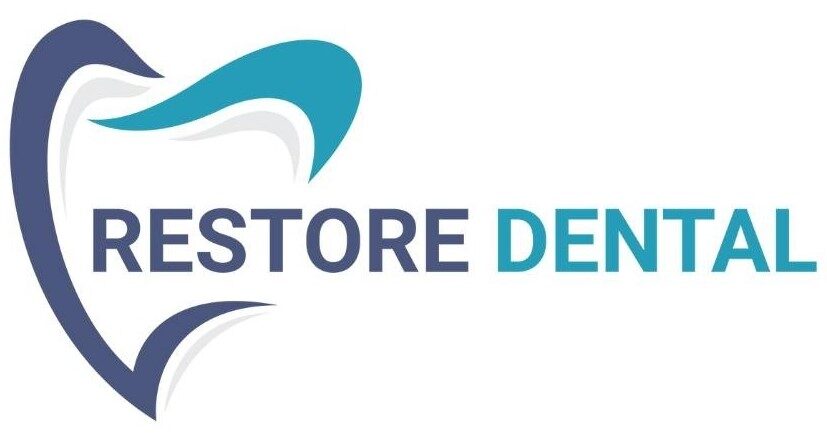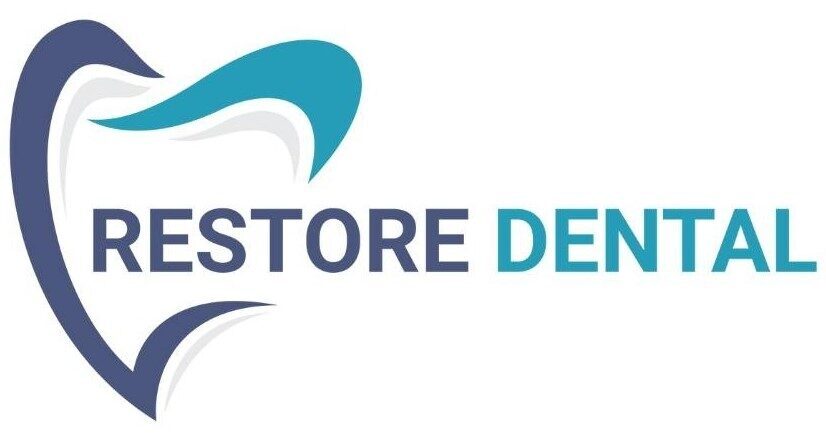The Rise of Digital Dental X-Rays
As dental practices continue to evolve, digital dental radiography has rapidly replaced traditional film-based imaging. Though the initial investment in digital X-ray systems may appear steep, the long-term savings, improved diagnostic accuracy, and streamlined workflows make them a wise and forward-looking choice for any modern dental clinic.
In this comprehensive guide, we’ll delve into how digital dental X-rays work, the different types available, and the key factors to consider when choosing the right system for your practice.
What Are Digital Dental X-Rays?
Digital dental X-rays use electromagnetic radiation to create images of the teeth and jaw—just like traditional X-rays. However, instead of developing film in a darkroom, digital X-rays use electronic sensors that capture images and instantly transmit them to a computer.
This not only eliminates the need for film and chemicals but also allows for immediate viewing, manipulation, storage, and sharing of dental images.
Why Switch to Digital Radiography?
Digital X-rays offer numerous benefits over their conventional counterparts, for both practitioners and patients:
- Enhanced Image Quality
Digital systems produce high-resolution images that can be magnified or adjusted for contrast and brightness, making diagnoses easier and more accurate. - Eco-Friendly
No film or processing chemicals are used, significantly reducing environmental impact. - Lower Radiation Exposure
Many digital systems operate using as little as 10% of the radiation compared to film-based X-rays—making them safer for both patients and staff. - Easier Image Management
Digital files can be stored on hard drives or in the cloud, sent electronically to specialists, and archived without the need for physical storage space. - Cost Efficiency Over Time
While the initial cost of a digital machine can be substantial, practices save on consumables like film and chemicals and gain operational efficiency—resulting in faster patient turnover and higher revenue potential.
One of the most significant advantages of today’s digital x-rays compared to traditional film-based systems is speed and convenience. With digital technology, images appear almost instantly on a monitor in the treatment room—right while you’re still seated in the chair.
This real-time imaging allows your dentist to immediately evaluate the health of your teeth and surrounding structures. Any concerns—such as decay, bone loss, or infections—can be identified and discussed with you on the spot. The clear, high-resolution visuals also make it easier for your dentist to explain what they see, so you can better understand your oral health and treatment options.
Additionally, digital x-ray files are simple to store, retrieve, and securely share with specialists or other dental providers involved in your care—streamlining communication and ensuring continuity in your treatment.
Why Digital X-Rays Are Dominating in 2025
In 2025, digital dental X-rays have become the preferred choice due to their numerous advantages over traditional methods. They use up to 90% less radiation, making them significantly safer—especially for children and pregnant women. With images available on-screen within seconds, dentists can diagnose issues and plan treatments in real time. These systems are also eco-friendly and cost-effective, eliminating the need for chemicals, film, and physical storage. The enhanced image quality allows for precise detection of early-stage problems such as cavities and bone loss. Additionally, digital records can be easily stored and securely shared with specialists or insurance providers, streamlining the entire diagnostic and treatment process.
Types of Digital Dental X-Rays
Digital dental X-ray systems fall under two primary categories: intraoral (inside the mouth) and extraoral (outside the mouth).
Intraoral X-Rays – These are the most common in everyday dental practice
- Bitewing X-rays
Used to detect cavities between teeth and assess bone levels. Patients bite down on a sensor to hold it in place. - Periapical X-rays
Capture the entire tooth—from crown to root—along with surrounding bone. Ideal for diagnosing abscesses, cysts, or bone loss. - Occlusal X-rays
Provide a wide view of the upper or lower jaw and are used to track the development of teeth or locate hidden teeth and jaw issues.
Extraoral X-Rays – These give a broader view of the facial bones and jaw structures:
- Panoramic (OPG) X-rays
Offers a full view of both jaws in a single image. Ideal for assessing wisdom teeth, jaw fractures, or cysts. - Cephalometric Projections
Used mainly in orthodontics to analyze facial structure and aid in treatment planning. - Cone Beam Computed Tomography (CBCT)
Produces 3D images of teeth, bones, and soft tissues. CBCT is indispensable in implant planning, jaw assessments, and complex endodontic cases.
Key Considerations When Choosing a Digital Dental X-Ray System
- Machine Quality and Durability
- Image Resolution and Software Features
- Cost and Return on Investment (ROI)
- Warranty Coverage
- Ease of Use and Training
- Customer Support
- Radiation Safety
Final Thoughts
At Restore Dental, we leverage cutting-edge technologies like CBCT and digital radiography to offer safer, faster, and more reliable dental care. As innovations in digital dentistry continue to reshape modern practices, CBCT’s expanding role enables more personalized treatments, minimally invasive procedures, and improved patient comfort. The move to digital dental radiography is more than just a technological upgrade—it’s a strategic investment in patient care, environmental sustainability, and long-term profitability. At Restore Dental, we believe that combining clinical expertise with advanced digital tools positions us to deliver precise diagnostics, efficient workflows, and an exceptional patient experience.
Whether you’re seeking routine care or advanced imaging, Restore Dental is your trusted dental clinic in Gurgaon, where technology meets compassionate care.
FAQs
01. Are digital dental X-rays safe?
Yes. Digital dental X-rays use up to 90% less radiation than traditional film X-rays, making them significantly safer for patients, especially children, pregnant women (with caution), and frequent dental visitors.
02. How are digital dental X-rays different from traditional X-rays?
Unlike traditional X-rays that require film and chemical processing, digital X-rays use electronic sensors to capture and display images instantly on a computer. This allows for better image quality, faster diagnosis, and easy storage/sharing.
03. How often should I get dental X-rays?
The frequency depends on your oral health, age, risk factors, and dental history. Typically, bitewing X-rays are recommended once a year, while full-mouth series may be taken every 3–5 years. Your dentist will tailor a schedule to your needs.
04. Will I feel any discomfort during a digital dental X-ray?
Not at all. The process is quick, non-invasive, and painless. Intraoral X-rays may require you to bite gently on a sensor, but it’s generally comfortable and over in seconds.
05. Can digital X-rays detect more than cavities?
Yes. In addition to cavities, digital dental X-rays can help diagnose bone loss, impacted teeth, cysts, tumors, dental abscesses, and other abnormalities not visible to the naked eye.
06. Are digital X-rays suitable for children?
Absolutely. In fact, due to their reduced radiation exposure and faster processing, digital X-rays are considered safer and more efficient for pediatric patients.
07. How are digital X-ray images stored and shared?
Images are stored electronically—either locally or in the cloud—and can be securely shared with specialists or insurance providers in seconds. This eliminates the risk of film loss or damage and streamlines collaborative care.
08. Is special training required to use digital dental X-ray systems?
Yes. Dental staff typically undergo training to operate the digital sensors, use image-enhancement software, and understand safety protocols. However, most modern systems are designed to be user-friendly and intuitive.
09. What types of digital dental X-rays might I get?
- Bitewing X-rays: To check for decay between teeth.
- Periapical X-rays: To view entire tooth structure including root and bone.
- Panoramic (OPG): For a full jaw view—often used for wisdom teeth or orthodontics.
- CBCT (3D): For implants, surgical planning, or complex diagnostics.
10. Why are digital X-rays considered eco-friendly?
They eliminate the need for film, processing chemicals, and darkroom waste. This reduces environmental impact and supports more sustainable dental practices.
11. What should I look for in a digital X-ray system as a dentist?
Prioritize image resolution, ease of use, radiation safety, strong customer support, ROI, and compatibility with your practice management software. Consider advanced features like 3D imaging and AI integration if needed.



